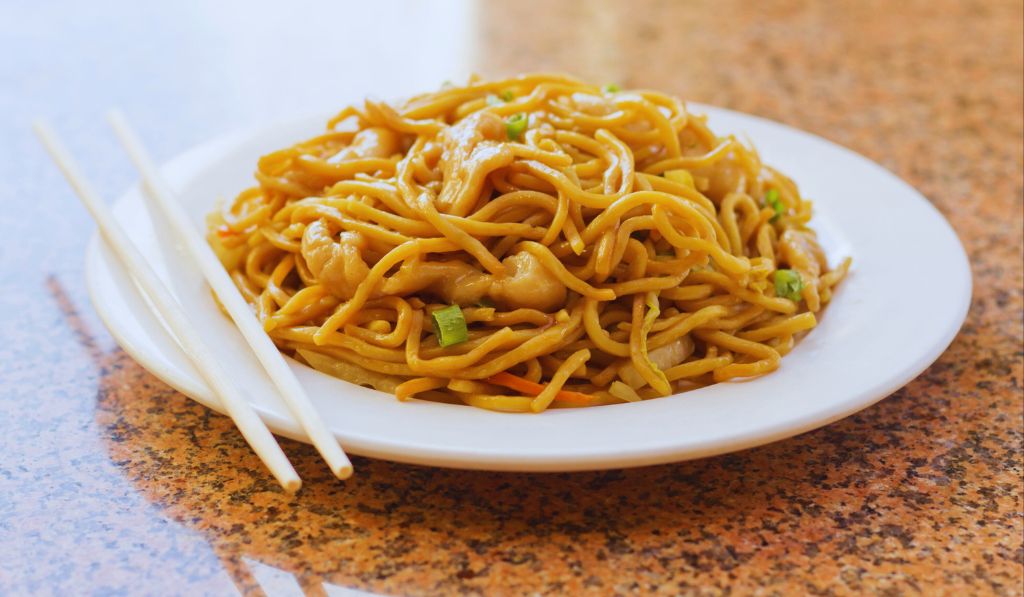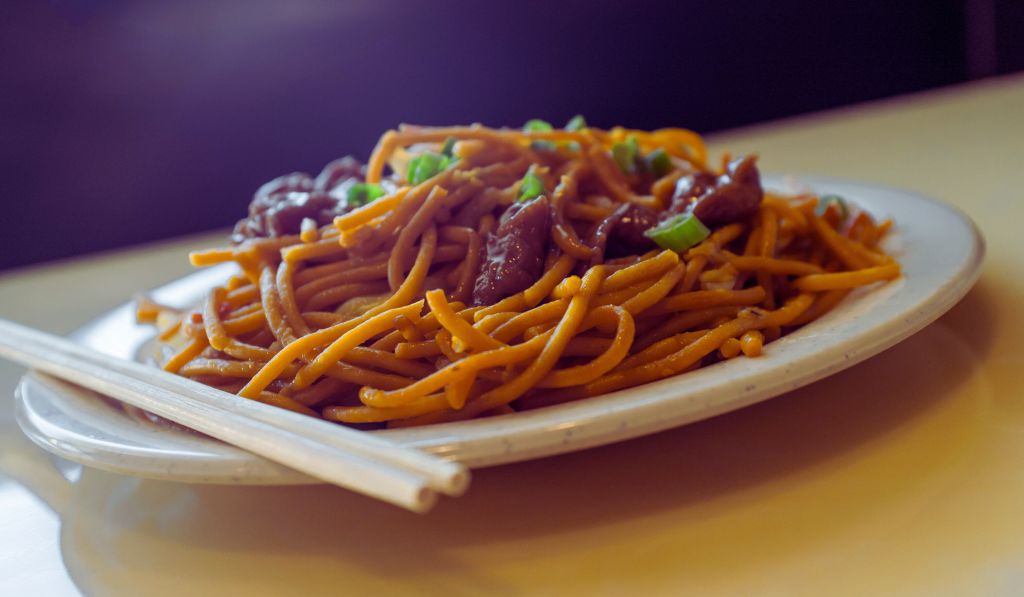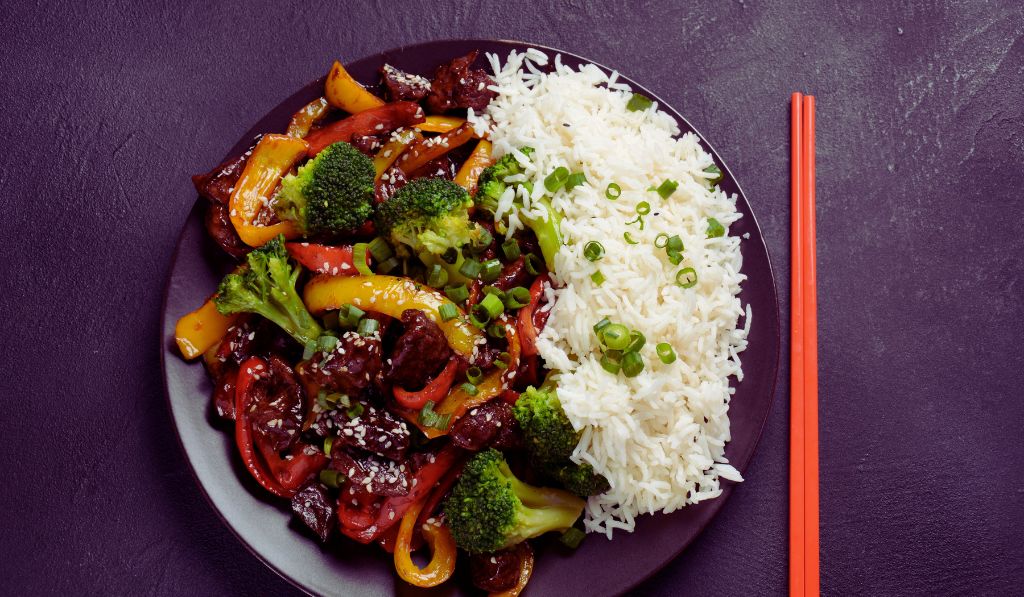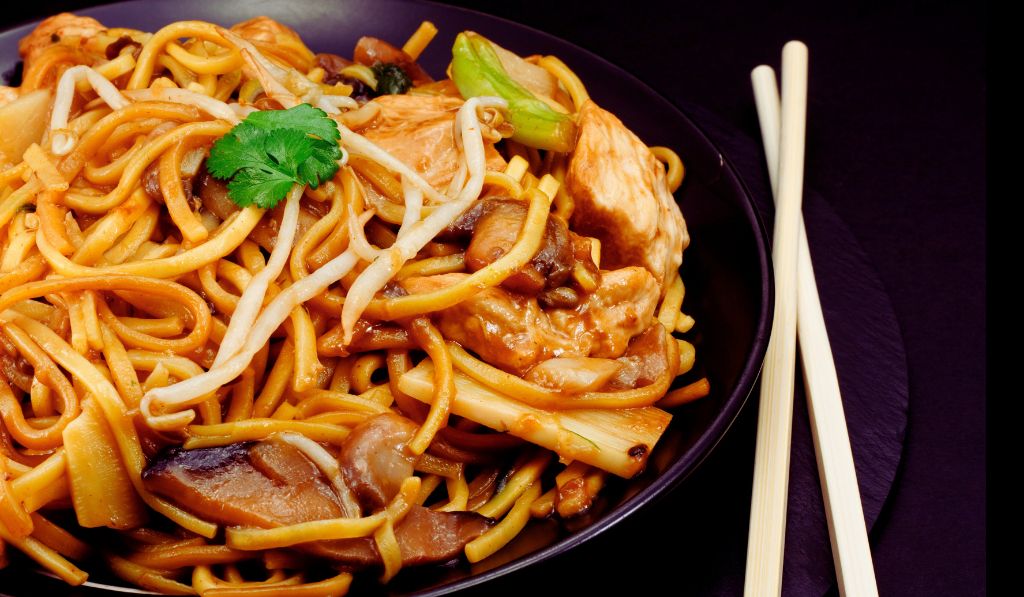Understanding the difference amongst chow mein and lo mein is going beyond surely ordering out of your chosen Chinese food eating place.
These two appreciated Asian noodles dishes constitute top notch cooking strategies and flavor profiles that each domestic cook dinner must draw near.
What is Lo Mein? Understanding This Classic Chinese Noodles Dish

Lo mein translates to “tossed noodles” in Cantonese, referring to clean egg noodles which are boiled after which are tossed with materials in a savory sauce.
Unlike its crispy counterpart, lo mein noodles preserve their soft, chewy texture in some unspecified time in the future of the cooking device.
What is lo mein made from? The foundation consists of glowing or dried wheat-based absolutely egg noodles, vegetables, protein (bird, red meat, or shrimp), and a graceful lo mein sauce that coats every strand.
What is Chow Mein? The Art of Stir Fry Noodles

Chow mein method “fried noodles,” and this stir fry noodles dish achieves its signature crispy texture through high-warm cooking.
The chow mein noodles are each pre-fried or stir-fried inside the wok, developing the ones cherished crunchy bits that outline real pan fried noodles.
Key Differences: Chow Mein vs Lo Mein
Cooking Method
- Lo Mein: Noodles are boiled one after the alternative, then tossed with components
- Chow Mein: Noodles are stir fried proper away inside the wok until crispy
Texture
- Lo Mein: Soft, chewy, sauce-lined noodles
- Chow Mein: Crispy, fried noodles with a few crunchy factors
Sauce Distribution
- Lo Mein: Heavy sauce coating that penetrates the noodles
- Chow Mein: Lighter sauce software program application to keep crispiness
Complete Lo Mein Recipe Collection
Classic Chicken Lo Mein Recipe
Ingredients:
- 1 lb smooth lo mein noodles (or egg noodles)
- 1 lb boneless fowl thighs, sliced skinny
- 2 cups blended greens (bok choy, carrots, bell peppers)
- three cloves garlic, minced
- 2 tbsp vegetable oil
- 2 green onions, sliced
Lo Mein Sauce:
- 1/4 cup soy sauce
- 2 tbsp oyster sauce
- 1 tbsp sesame oil
- 1 tsp brown sugar
- 1 tsp cornstarch
- 2 tbsp chicken broth
Instructions:
- Cook lo mein noodles steady with package deal deal guidelines. Drain and set apart.
- Whisk together all lo mein sauce additives.
- Heat oil in wok over excessive warmth. Cook the bird until golden, approximately five minutes.
- Add greens and stir fry for 2-3 mins till crisp-slight.
- Add noodles and sauce, toss everything collectively for 2 minutes.
- Garnish with green onions and serve right away.
Beef Lo Mein – Restaurant Style

Ingredients:
- 1 lb lo mein noodles
- 1 lb flank steak, thinly sliced
- 1 cup bok choy, chopped
- 1 cup mushrooms, sliced
- 1 bell pepper, julienned
- 2 tbsp oil for cooking
Follow the equal approach as chicken lo mein, marinating the beef in soy sauce and cornstarch for half-hour before cooking.
Vegetable Lo Mein – Healthy Option
Perfect for those in search of healthy noodles, this vegetable stir fry variant consists of:
- Snow peas, carrots, mushrooms, bok choy
- Bean sprouts for crunch
- Extra garlic and ginger
- Vegetable broth in preference to chicken broth
Complete Chow Mein Recipe Collection
Traditional Chicken Chow Mein Recipe
Ingredients:
- 1 lb chow mein noodles (skinny egg noodles)
- 1 lb chicken breast, sliced
- 2 cups cabbage, shredded
- 1 cup bean sprouts
- 2 carrots, julienned
- three tbsp oil for stir frying
Chow Mein Sauce:
- 3 tbsp soy sauce
- 1 tbsp oyster sauce
- 1 tsp sesame oil
- half of of tsp sugar
Instructions:
- If you use dried chow mein noodles, boil until just gentle, then drain.
- Heat wok till smoking. Add oil and chicken, and prepare dinner until golden.
- Push chicken to 1 thing, add greens and stir fry for 2 mins.
- Add noodles to the wok, spreading them out.
- Let noodles crisp for 2-three minutes without stirring.
- Add sauce and toss the whole thing together, permitting some noodles to live crispy.
Beef Chow Mein Variation
Use the equal method with thinly sliced beef, growing cooking time slightly for proper browning. The key to notable beef chow mein is achieving that excellent balance among crispy fried noodles and moderate meat.
Advanced Techniques for Perfect Asian Noodles
Wok Hei – The Breath of the Wok
Achieving proper stir fry taste calls for pretty excessive heat. This creates the smoky essence called “wok hei” that distinguishes restaurant-exceptional Asian food from domestic cooking.
Noodle Selection Guide
- Lo Mein: Fresh, thick wheat noodles work first-class
- Chow Mein: Thin egg noodles or big rice noodles for version
- Alternative: Rice noodles for gluten-unfastened variations
Sauce in Stir Fry – Mastering the Flavor Base

Essential Stir Fry Sauce Recipe:
- Soy sauce (base umami)
- Oyster sauce (sweetness and depth)
- Sesame oil (nutty end)
- Rice wine or mirin (brightness)
- Cornstarch (thickening agent)
Healthy Noodles Options and Modifications
Low Calorie Noodles Alternatives:
- Shirataki noodles
- Zucchini noodles
- Protein noodles made from legumes
- Gluten free ramen noodles for nutritional regulations
Nutritional Upgrades:
- Increase vegetable ratio
- Use low sodium soy sauce
- Add greater bok choy for nutrients
- Include lean proteins like shrimp lo mein
Restaurant Favorites and Where to Find Them
Popular chains serving satisfactory versions embody Panda Express, Joy Teriyaki, and neighborhood Asian institutions.
Many provide every lo mein and chow mein variations, allowing you to assess the lo mein vs chow mein variations firsthand.
For factors, go to Pan Asia supermarkets or order lo mein noodles on-line. Fresh noodles from the refrigerated segment continuously produce superior effects to dried alternatives.
Pro Tips for Home Cooking Success
Equipment Essentials:
- Large wok or heavy skillet
- High-warmth capable range
- Sharp knife for uniform cuts
- Prep bowls for organized cooking
Timing Strategy:
- Prep all materials in advance than heating the wok
- Cook proteins first, put off and set apart
- Stir-fry vegetables rapid to preserve crunch
- Combine the entirety on the end for most critical texture
Common Mistakes to Avoid:
- Overcooking noodles until mild
- Using inadequate oil for stir frying
- Adding sauce too early, stopping proper crisping
- Overcrowding the wok, inflicting steaming in preference to frying
Thai Noodles and Other Asian Recipes Variations
While specializing in Chinese noodle dishes, explore associated Asian recipes like Pad Thai sauce recipe for Thai noodles, or check with large rice noodles in Vietnamese arrangements.
Conclusion: Mastering the Mein Game
Understanding chow mein vs lo mein opens the door to limitless stir fry recipe variations. Whether you decide on the saucy consolation of lo mein or the textural satisfaction of chow mein, each dish provides limitless customization opportunities.
Start with these foundational recipes, then take a look at seasonal vegetables, one-of-a-type proteins, and neighborhood sauce versions.
Soon you will be growing restaurant-wonderful Chinese food recipes that satisfy any longing for correct Asian food.
Remember: lo mein for saucy consolation, chow mein for crispy satisfaction. Both deserve a place in every domestic preparation dinner’s asian recipes repertoire.

